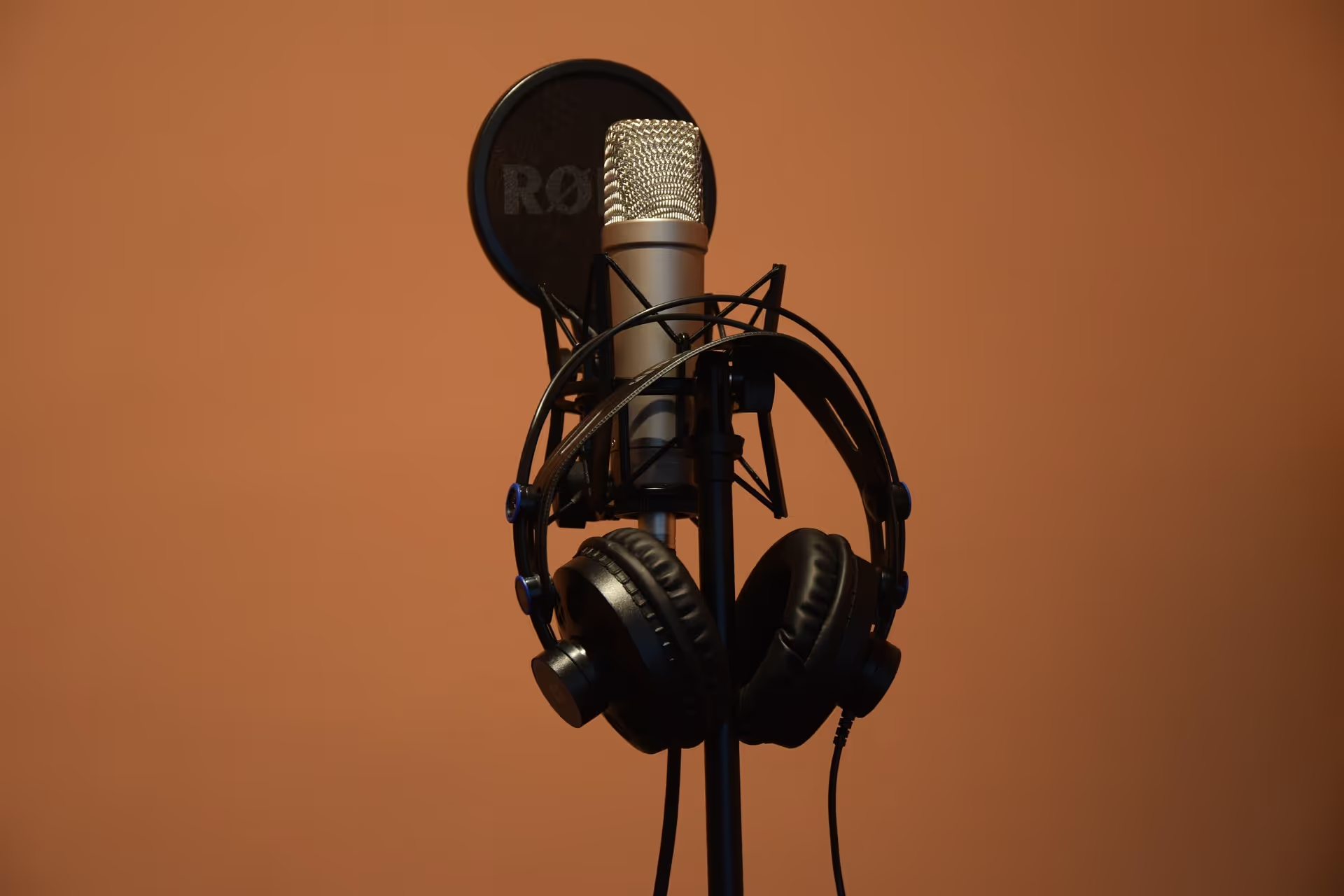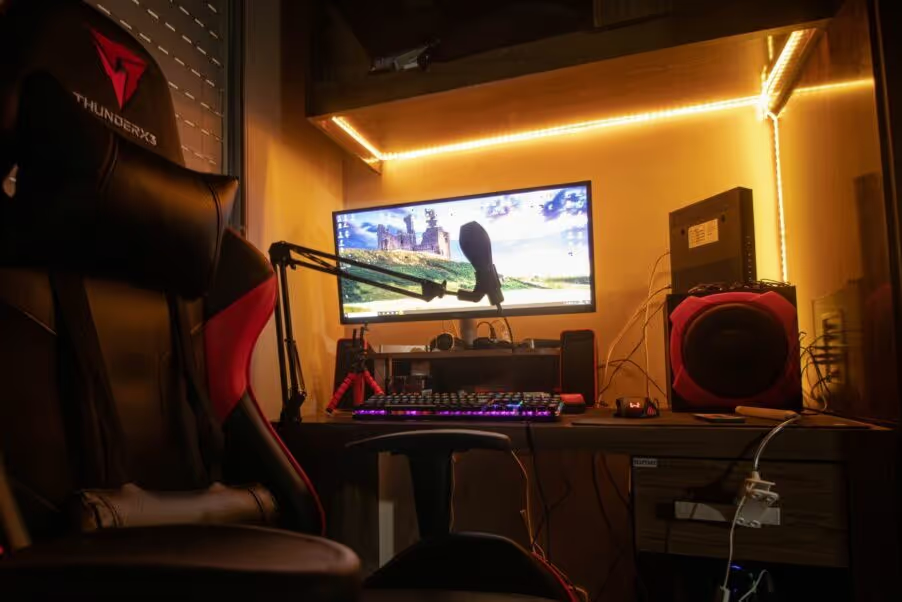
You’re looking for a top digital piano for practising, songwriting and performing.
We’ll compare the best digital pianos out there and why we like them.

Famous Casio players: Alicia Witt, Leon Thomasian


Famous Yamaha players: Alen Golos, Kay Lucas, Sorin Zlat



How much does a decent digital piano cost?
You can find options from under $500 to over $2000. The cheaper models cost around $300 to $500. They’re okay keyboards for beginners. They have basic features. But, the sound and feel might not be impressive. Mid-range pianos cost between $500 and $1000. They offer better sound. Their keys feel more like real pianos.
High-end models can cost $1000 to $2000+. They sound almost like upright pianos. Their keys feel like true representations of the real thing. They are worth the money if playing the piano is a big part of life. For others, spending that won’t make sense.
Digital piano vs keyboard
Digital pianos aim to mimic acoustic upright pianos. They usually have 88 weighted keys just like a real piano. They’re great for beginner and advanced pianists. But, they can be pricey and heavy. Electric keyboards are more versatile. They have lighter keys and can be portable. They often include various preset sounds and rhythms.
For learning, digital pianos are better. They help you develop strength and technique in your fingers due to the resistance and feel of keys. Keyboards might not offer this same level of training needed to produce technique. For those into composing or playing in a band, keyboards may be preferable. Keyboards are less expensive which makes them a good choice for beginners. Space matters too. Digital pianos need more room. Keyboards fit in smaller spaces. Try our virtual piano here.
What is the lifespan of a digital piano?
The lifespan of a digital piano will vary based on how well it’s kept.
It should last about 20 to 30 years. This depends on several factors. Higher-end models often last longer because they have superior construction. How you use and care for the piano matters too. Regular use is good as it keeps the mechanics in shape. Dust and humidity can affect the internal electronics. Keeping it clean and in a stable environment will massively help.
Some argue that software updates may reduce a digital piano’s lifespan. New features come out. This can make older models feel outdated. Yet, a well-built digital piano remains useful. It continues to provide quality sound and touch. Tricky repairs will also impact longevity. As digital pianos age, crucial parts might be hard to find.
Do you ever have to tune a digital piano?
No, you don’t need to tune a digital piano. Unlike acoustic pianos, they stay in tune. Digital pianos use recordings of real piano sounds when triggered by playing a note. These recordings don’t change pitch over time.
Once you set up your digital piano, the tuning stays perfect. This is a big plus for many people who don’t want the hassle. Tuning an acoustic piano can be pricey as it requires hiring an expert. It also needs to happen at least once a year. A digital piano saves you time and money in this respect.
Is Roland piano a good brand?
Roland is a well-respected piano brand. Many professionals trust it for quality and reliability. Roland pianos are known for their rich sound and advanced sample technology. Their keyboards have a responsive realistic touch. This is important for learning the correct technique.
Roland’s range caters with models targeted to both budget and professional players. They will also keep updating their pianos with new features.
What accessories do I need for my digital piano?
If you buy a digital piano as a standalone hardware, you must also buy a proper stand. It keeps your piano stable and at the right height. This is important for comfortable playing. Next, you’ll need a piano bench. You wouldn’t use a regular chair as it may not be high enough for your wrists to be comfortable.
Studio headphones are another must-have. They let you practice without disturbing your house or flatmates. Look for ones that are over-ear cups and comfortable. If your digital piano comes without pedals then you must invest in at least 1 which is a sustain pedal. It adds a new dimension to your playing and is essential to learn with.
Sheet music stands are handy for holding your music or phone. If your piano doesn’t have one built-in, get one to make the learning experience less frustrating.
What do the 3 pedals on a digital piano do?
Digital pianos will usually come with three pedals which all play important roles. The pedal on the right is the sustain pedal. Pressing it makes notes linger longer after you play them. This adds richness and expression to your music as harmonics intertwine. The pedal in the middle is the sostenuto pedal. It’s a bit tricky to master as it only sustains notes you are holding down when you press it. Notes you play after don’t sustain. This pedal isn’t used as much but can add special effects.
The pedal on the left is the soft pedal. It makes your piano sound quieter and softer. It’s good for injecting some dynamics into a piece when playing gentle parts of a song. You don’t need all three pedals when starting but the sustain pedal is important. This is true for beginners. But as you get better, using all three lets you play more complex, rich and expressive music.
Getting a guitar perfectly in tune is no easy feat. Most of the time, it’s close but not 100% there. Why? Because guitars react to external and internal factors. Temperature and humidity changes can affect the wood. This means even if you tune it well, it will probably change a bit later. The G string often causes the most trouble. This string sits in a spot where tuning is more sensitive.
It might sound fine alone but off when you play with other strings. Even with the best tools, getting every string perfect is hard. Your guitar might sound great to most ears, but a tiny bit off to others. So, a guitar can be really well-tuned, but hitting perfection is rare. Still, with practice, you can get it sounding great, and that’s what counts.
If you’re just starting and don’t need the best digital piano at these prices. We have compiled our choices for the best keyboards for beginners here.








